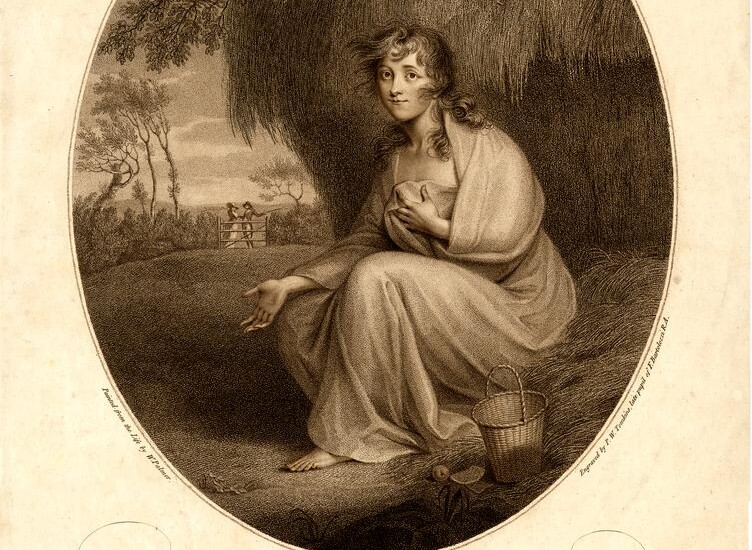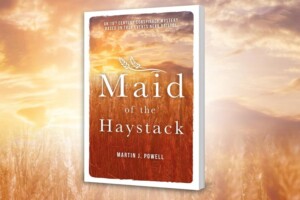Do you have a painting that could solve a mystery
Padraig Conlon 09 Jan 2023
A lost painting by an Irish artist could hold a clue to an 18th century mystery that is the subject of a new historical novel.
William Palmer, who is buried in St John’s Church, Limerick is believed to have brought his painting – “Portrait of Louisa the celebrated Maid of the Haystack” – back to Ireland when he set up a portrait painting business in 1788 – but tragically two years later he died.
The painting could still be hanging in a home or a gallery in Ireland, with the owner unaware that it played a part in a mystery that swept across Europe in the 18th century.
Palmer, born in Limerick on November 18, 1763 was the son of a linen draper.
He won a medal for his drawing skills at the Dublin Society School in Grafton Street before going to London to study under the celebrated Joshua Reynolds.
It was there he heard about Louisa – a mysterious young woman who astonishingly lived in a haystack for four years near Bristol.
She became famous living off the visitors who came to look at her as a curiosity.
Palmer travelled to Bristol to paint her and the portrait was exhibited in London in 1788.
Later that year he returned to Ireland to set up his business, which was flourishing until he suffered consumption.
During a journey from Mallow to Limerick, aged just 26, he died in Bruff on July 26, 1790.

Author Martin J. Powell, whose book “Maid of the Haystack” (cover pictured above) has just been published, said: “Although other paintings by William Palmer have survived and are in museums there is no record of the Maid of the Haystack painting.
“We know what it looks like as it was used as the basis for an engraving that illustrated a pamphlet that circulated all over Europe. My book dramatises the story of Louisa and the speculation of who she was – one theory is a connection to European royalty.
“William Palmer was a superb and very accurate painter. To be able to see his original work and compare the features to some of those that Louisa was believed to be kin with would be a huge step forward in solving the mystery and confirming some of the theories.
“There are two versions of the engraving with different backgrounds and slightly different features.
“In my book I tell the story of how Joshua Reynolds and philanthropist Hannah More encouraged Palmer to travel to Bristol. The finished painting was very fashionable in the era of Romanticism.
“Hannah More eventually removed Louisa from the haystack and put her in a lunatic asylum, paying for her for the rest of her days. But there is evidence that it was all part of a cover-up of a scandal that shocked many people across Europe.”
If anyone has an idea where the painting may hang today they can contact the author via email martin@bristolbooks.org.
The story of the Maid of the Haystack can be purchased through online book retailers or direct from www.bristolbooks.org.











